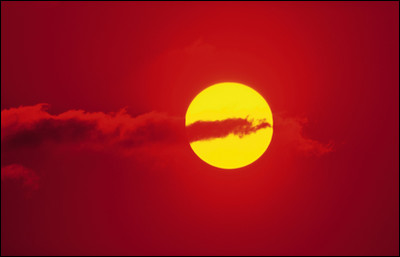Here in Vermont we’ve had nothing but rain for what seems like the past two months straight. I can count the number of cloudless days we’ve had since Spring began on one finger. It had me thinking about harnessing the sun with photovoltaics and if such a renewable energy source makes sense for this area.
Naturally, solar panels only work if you have an adequate amount of sun throughout the year. Otherwise you’re wasting your money. Just how much sun do you get?
I did a little search to figure out. This is the same kind of research any home will need to do to determine if solar panels are a worthwhile investment.
According to www.city-data.com, my city of Burlington, VT sees cloudless days around 10-15 percent of year, depending on the month, with the fewest cloudless days occurring in November and December. Another site, www.worldfactsandfigures.com, claims that Burlington, VT gets 58 “Sunny” days in the year, which does not include Partly Sunny or Partly Cloudy days. 58? That’s a little more than the former site would have me believe. It certainly feels like far less during this current grey stretch.
Incidentally, Philadelphia gets 93 days of uninterrupted sunshine per year, despite what the show would have us think. The sunniest city in the U.S.? Yuma, Arizona, which gets 242. Phoenix is right behind it at 211. The city with the least sun is Cold Bay, Alaska. They get a mere 10 days of sunny days every year. I’m guessing the town doesn’t offer rebates for solar panel installation.
With all this said, it needs to be noted that solar panels do work on cloudy days, just not as efficiently. Even on a dark, overcast day a panel can still “soak up” enough diffuse light to be operating at 10 percent capacity. But is that enough over the long-term to make up for the cost? That is the question every home needs to ask before making the investment.
How many sunny days do you get?




























